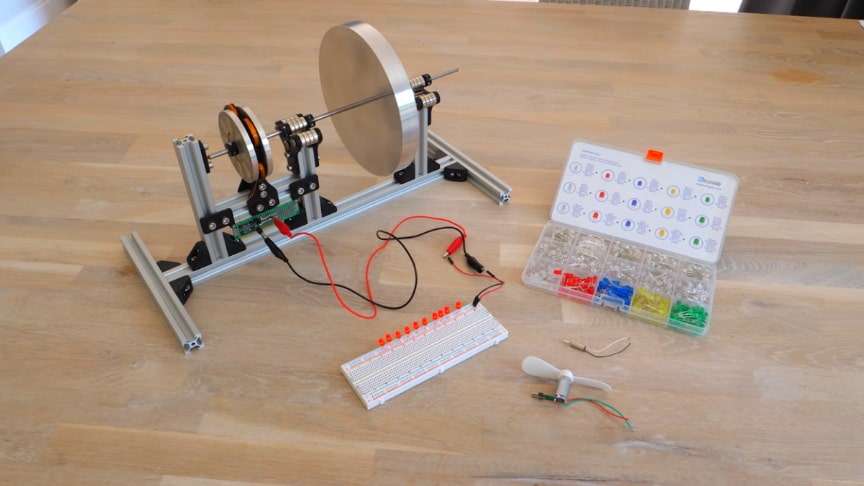Flywheel energy storage works by accelerating a rotor flywheel to a very high speed and maintaining the energy in the system as rotational energy. When energy is extracted from the system, the flywheel’s rotational speed is reduced as a consequence of the principle of conservation of energy.
source/image(PrtSc): Tom Stanton
Adding energy to the system correspondingly results in an increase in the speed of the flywheel.YouTuber engineer Tom Stanton has come up with a way to cheaply build a small flywheel that uses magnets around its shaft to levitate with only air resistance to overcome.Watch the video from Tom Stanton for more info:
With the mechanics of the flywheel figured out, Stanton moved onto a design for an energy-extracting circuit that would transform the rotational inertia of the disk into electrical energy.
Advertisement
The flywheel itself is just a heavy aluminum disc on a shaft, with a pair of bearings on each side made of stacks of neodymium magnets.Tom’s next step was to harness some of the flywheel’s angular momentum to make electricity./Tom Stanton











